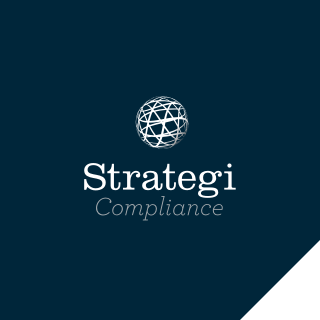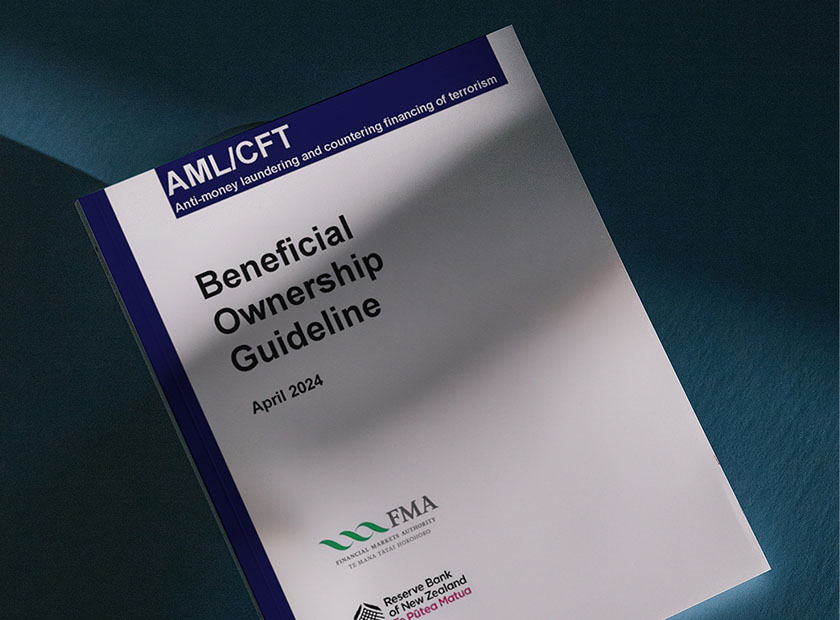Below is a brief overview of each guideline. However, keep in mind that this is just a summary so it’s important to read each one for full understanding.
Beneficial ownership guideline:
- Updated to include persons with ultimate ownership or control of the customer.
- Covers identifying nominee arrangements, control structures, and powers that bind.
- Verification of beneficial owner information should be risk-based.
Enhanced customer due diligence (ECDD) guideline:
- Requires additional enhanced CDD measures where source of funds and/or wealth alone is insufficient.
- No timeframe for terminating a business relationship but should be “as soon as practicable.”
- Updated rules for returning funds upon termination.
Customer due diligence: companies’ guideline:
- New requirements for collecting information on legal persons, such as their legal form and ownership structure.
- Focuses on understanding legal structures and determining beneficial ownership.
Customer due diligence: sole trader, partnerships and limited partnerships guidelines:
- Limited partnerships now subject to the same CDD requirements as companies.
- Limited visibility of limited partnerships increases their inherent risk profile.
Customer due diligence: trusts guideline:
- Must conduct enhanced CDD on trusts plus obtain and verify information on the source of funds and/or wealth of the trust.
- Note changes when a trust is deemed to be a ‘customer’.
- Must identify and verify the identity of the trust’s beneficial owners.
Understanding each of these guidelines and updating your AML/CFT programmes accordingly is a non-negotiable for businesses. The supervisors will be expecting this. Staying up to date with the latest rules is key to keeping your business safe from financial crime. If you need assistance, don’t hesitate to reach out. We’re here to guide you through the process.


